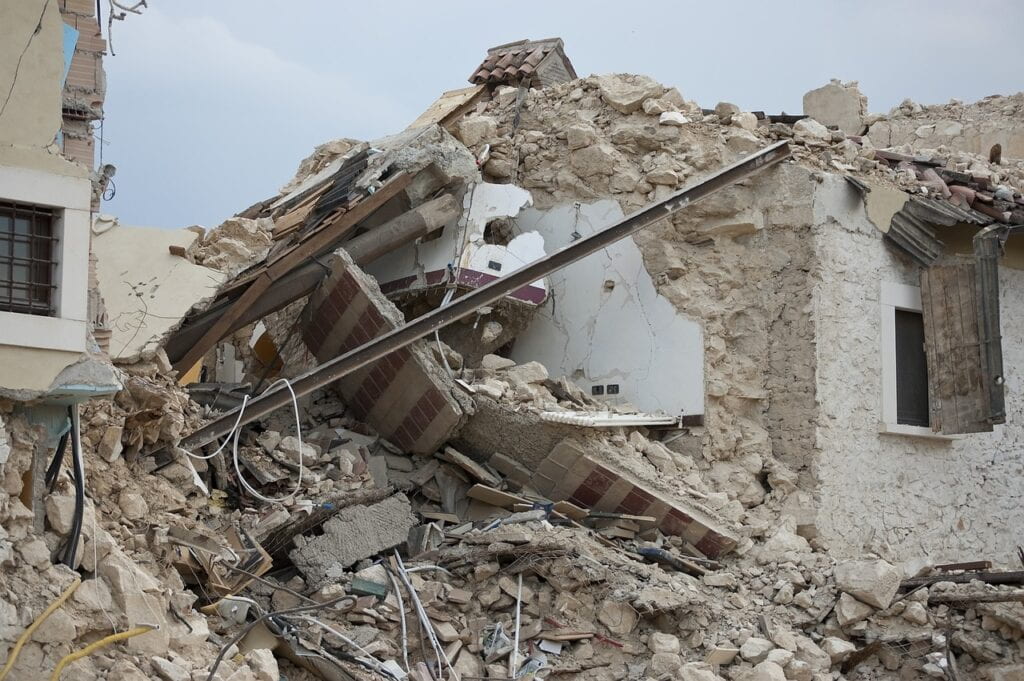
Residents living in Gansu –– a province located in a remote, mountainous area in the northwestern region of China –– were startled awake in the middle of the night, when a magnitude 6.2 earthquake struck on December 18, 2023.
Being one of the poorest provinces in China, weak infrastructure exposed multiple buildings and homes to risk of collapse, leaving residents with no alternative option for shelter from subzero temperatures. Some reported gathering in fields with surviving family members and neighbors, using hay to ignite fires for warmth in the severe cold. Others were uncertain whether to evacuate their homes, having witnessed cracks in their walls but unsure of evacuation protocols and procedures. It is estimated that 131 individuals were killed, and over 700 injured in the tragedy.
Due to economic disadvantages and insufficient financial means, local emergency response efforts relied on provincial funding and federal aid in the form of firefighters and other rescue personnel, in addition to equipment and supplies such as tents, quilts, and stoves. However, resource challenges were not the only difficulties faced by evacuation and response teams. Rugged terrain, exacerbated by landslides causing destruction to highways and roads, in addition to damaged power and communication lines, presented a threat to rescue operations, which was further amplified by an elderly population requiring assistance in being brought to safety.
by Nehal Rowhani
